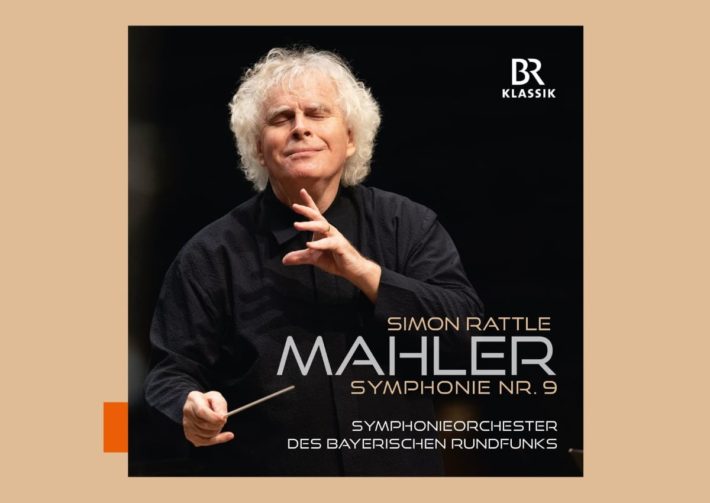This is Simon Rattle’s third recording of Mahler’s ninth symphony. The first, a live 1997 recording with the Vienna Philharmonic (EMI/Warner Classics) is highly volatile, with extremes of rubato and dynamic contrast. At times, the Viennese players scramble to keep up with Rattle’s shaping and his third movement is deliberate and heavy compared to other, more athletic, performances. The sound is radio broadcast quality: pianissimos sometimes don’t register, while the loudest passages are congested. Yet the interpretation is thoroughly convincing, Rattle ensuring Mahler’s desperate desire for life is movingly conveyed.

In 2008 EMI (Warner) released another live recording, this time with the Berlin Philharmonic. Much of the first reading’s wildness is tamed, but the Berliners offer up a richly upholstered palette of colors and astonishing technical precision. Tempos are very similar to the first reading – the overall timing in Vienna is 83’31” versus 83’34” in Berlin. EMI’s recording has greater dynamic range, highlighting the forlorn fragility of the symphony’s softest passages. Rattle’s second movement has a sardonic gruffness that eschews the gracefulness of Abbado’s reading with the same orchestra (DG). The third movement is again heavy and labored, but there is a dazzling level of articulation and characterization. The Berlin strings are stunning in the final movement, yet Rattle’s conception is emotionally cooler, less intense than in Vienna.
One comes to this new recording rightly asking if it is needed. What significant change in Rattle’s way with the music warrants a third recording? Surely one impetus is to celebrate Rattle’s new role as chief conductor of the Symphonieorchester des Bayerischen Rundfunks. And their playing for Rattle is consistently impressive – even at his most extreme moments of push and pull, his players are with him every step of the way. The full range of dynamics is masterfully conveyed and even the densest orchestral textures have a transparency that allows every line to be heard. It is certainly the best engineered sound of the three recordings.
This is also Rattle’s fastest reading, at 78’30”. Transitions are tightened and the sense of forward momentum in the outer movements never wavers. Rattle is a masterful guide through the work’s architecture. The orchestral playing is fabulous, and one can be sure that what we hear is exactly what Rattle wants. Transparency is, at least in part, due to the less weighty sound of the Bavarians compared to their Viennese and Berlin counterparts. This is not to say the sound is too light – the trombone pronouncement of doom at 17’35” pins the listener to the wall. In the second movement there is a perceptive blend of innocence and bitterness in Mahler’s deconstruction of the Ländler. The third movement, a bit faster, and leaner, has a more overt nastiness about it, though the Coda is overly controlled, Rattle unwilling to let the players really rip into those final measures.
Rattle’s interpretive approach in the final movement is surprising: two minutes faster than his previous recordings, he instills a more objective sense of grief. In the string buildup to the climatic disintegration (13’36”), the momentum feels unrelenting, and I missed the tonal heft of the Berliners. The brass at 14’29” are plenty loud, but in Karajan’s performance they have a layer of rage and desperation that is missing here. The closing bars are beautiful, the playing pristine, but one is drawn more to the playing itself than to any sense of leave taking. Perhaps Rattle, who fully endorses Cooke’s completion of the tenth, doesn’t believe that is what the final bars of the ninth are about. Rattle’s final dissolution has sweetness and tenderness, but there is little sense of tragic resignation and loss we hear in the Bernstein and Karajan recordings.
Jörg Handstein’s liner notes are excellent, and, as noted above, this is the finest recorded sound Rattle’s ninth has had. There is a clear chemistry between this orchestra and its new chief conductor, and I look forward to hearing more from this partnership. But if pressed for which Rattle/Mahler 9 is the best, I would point listeners back to the more emotionally engaging Berlin performance.
Mahler – Symphony No. 9
Symphonieorchester des Bayerischen Rundfunks
Simon Rattle – Conductor
BR Klassik, CD 900205




















